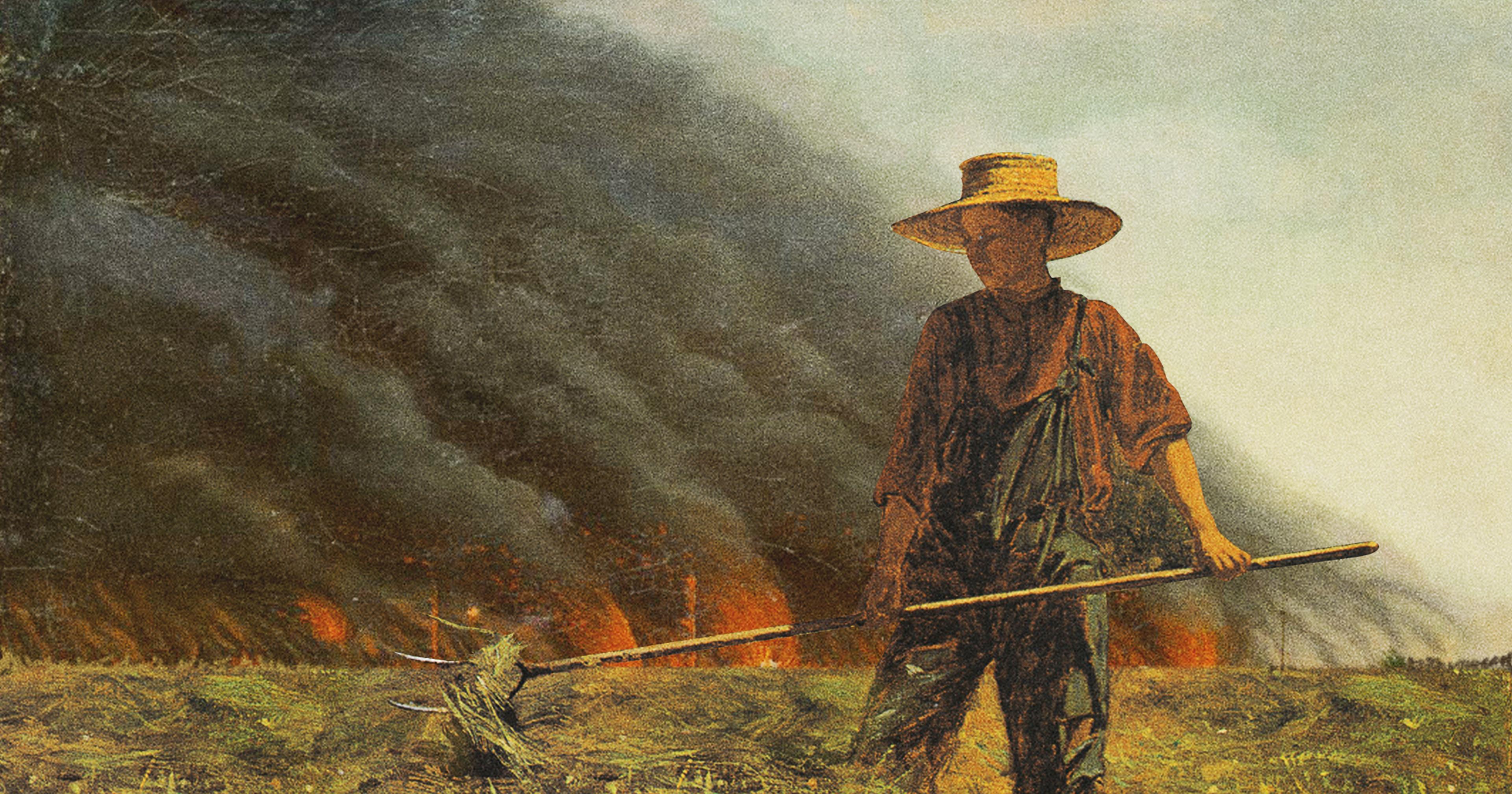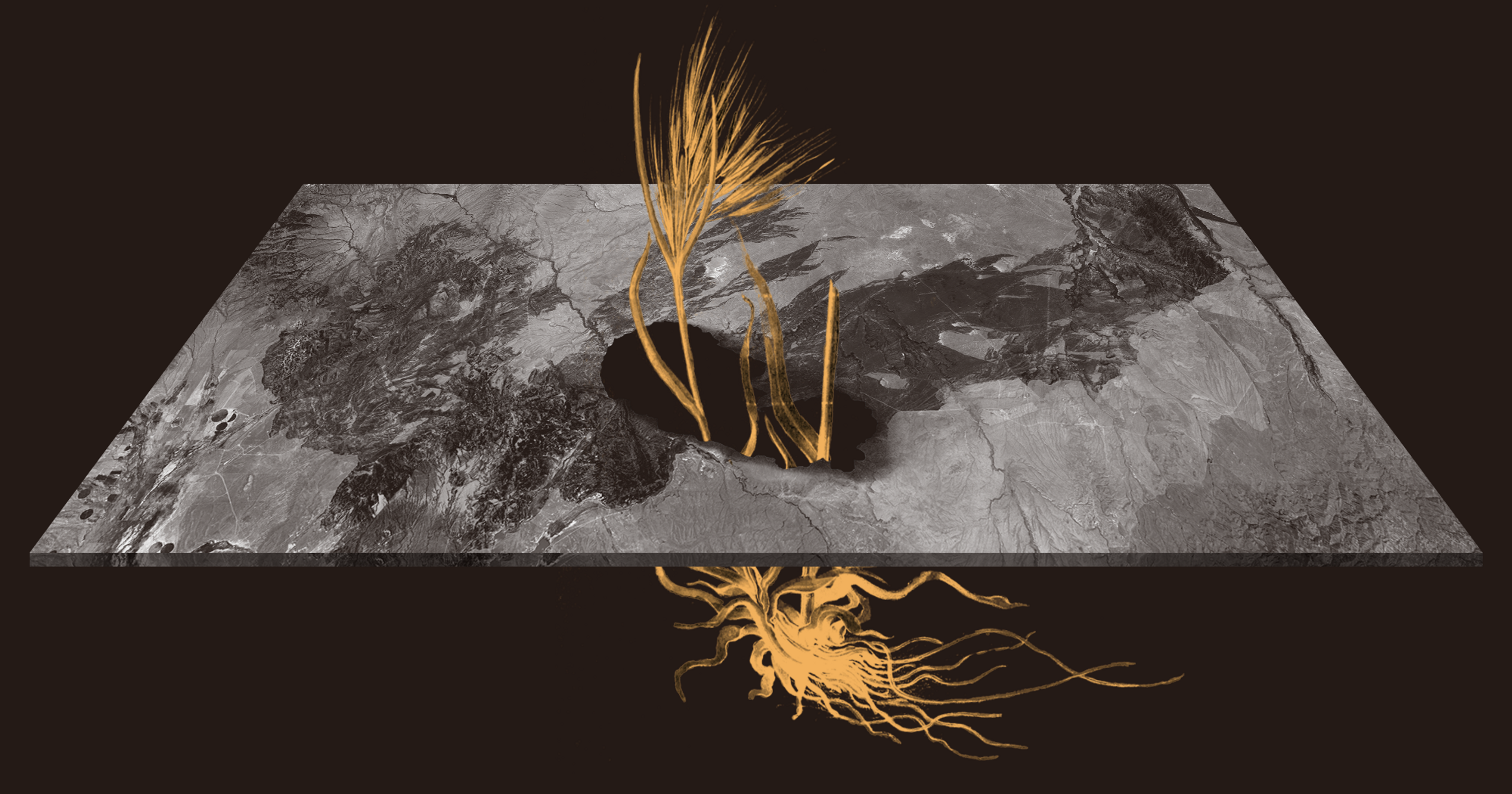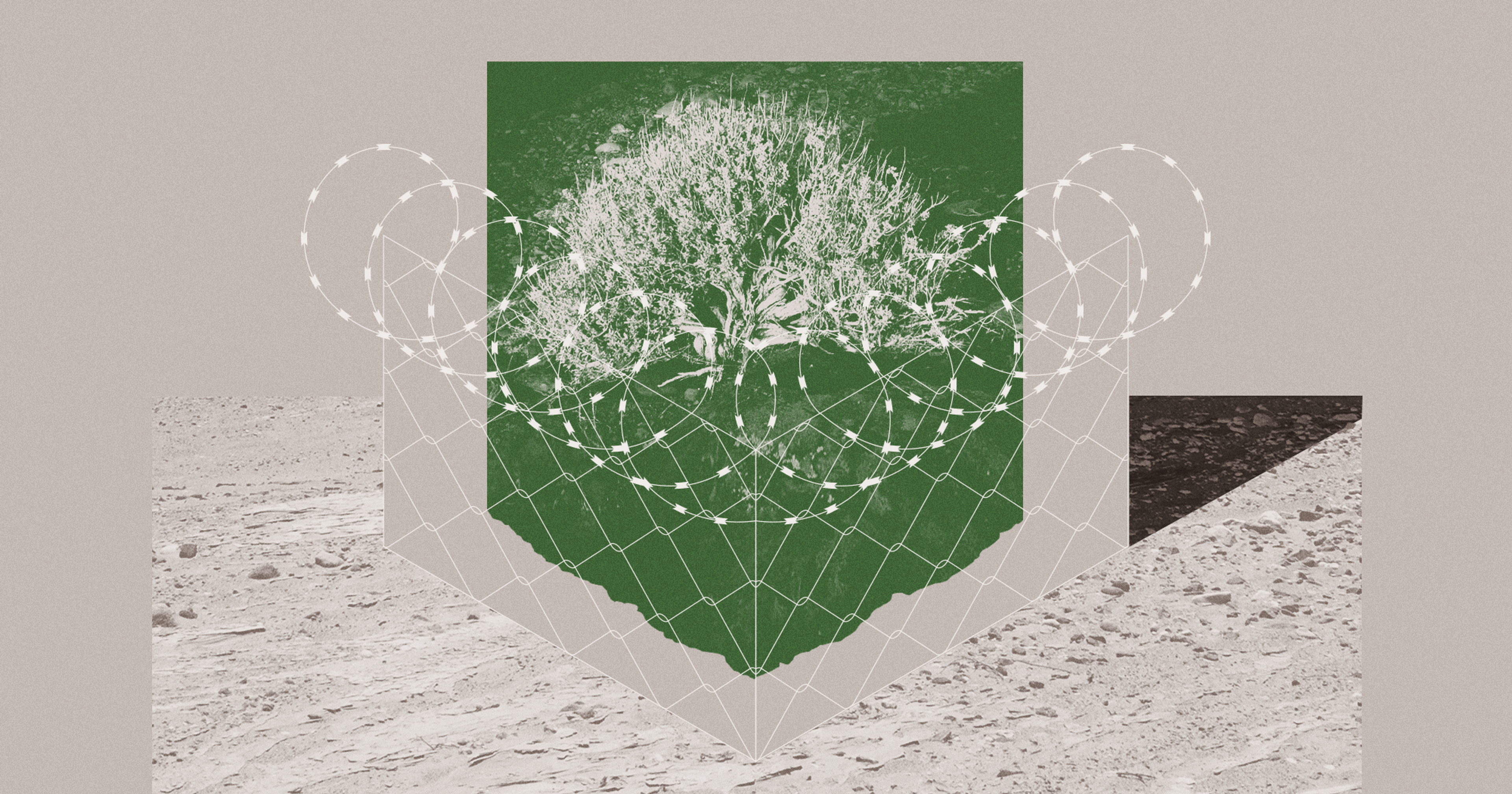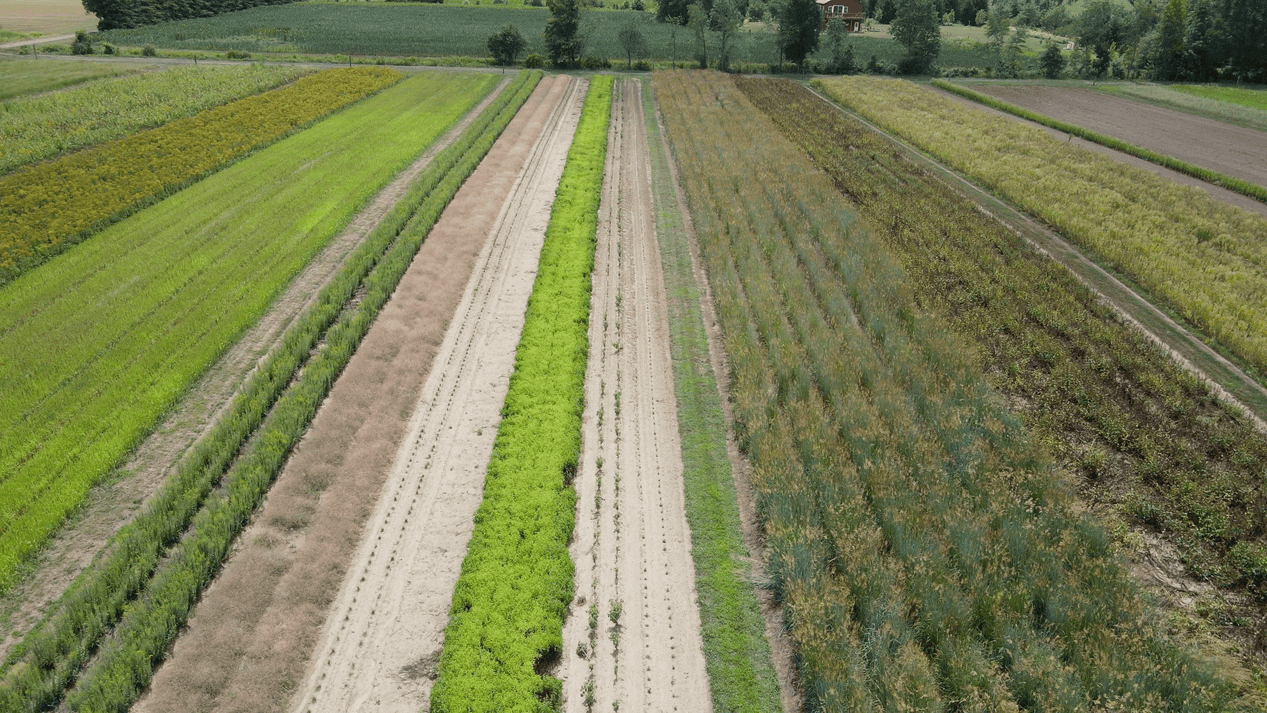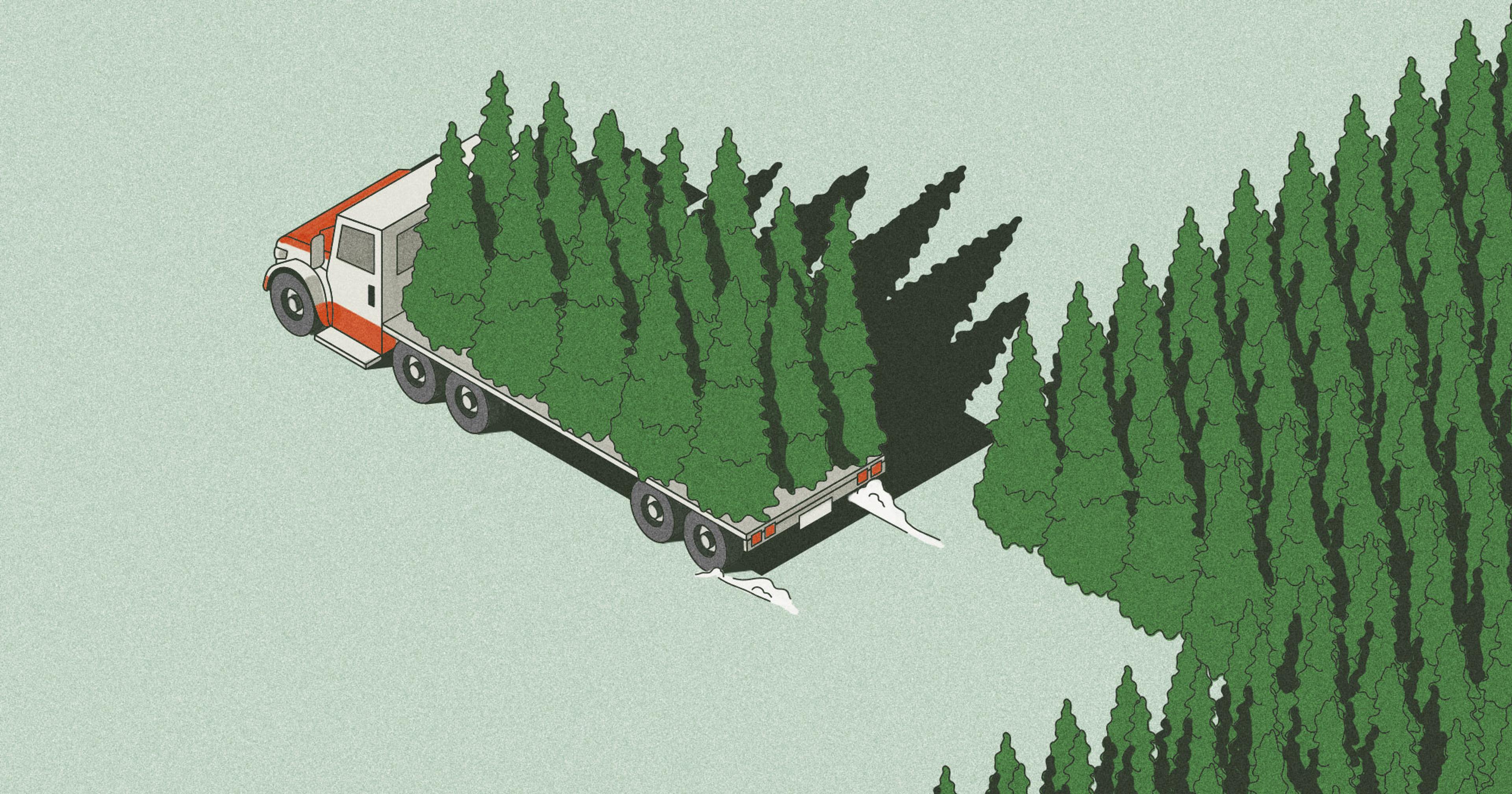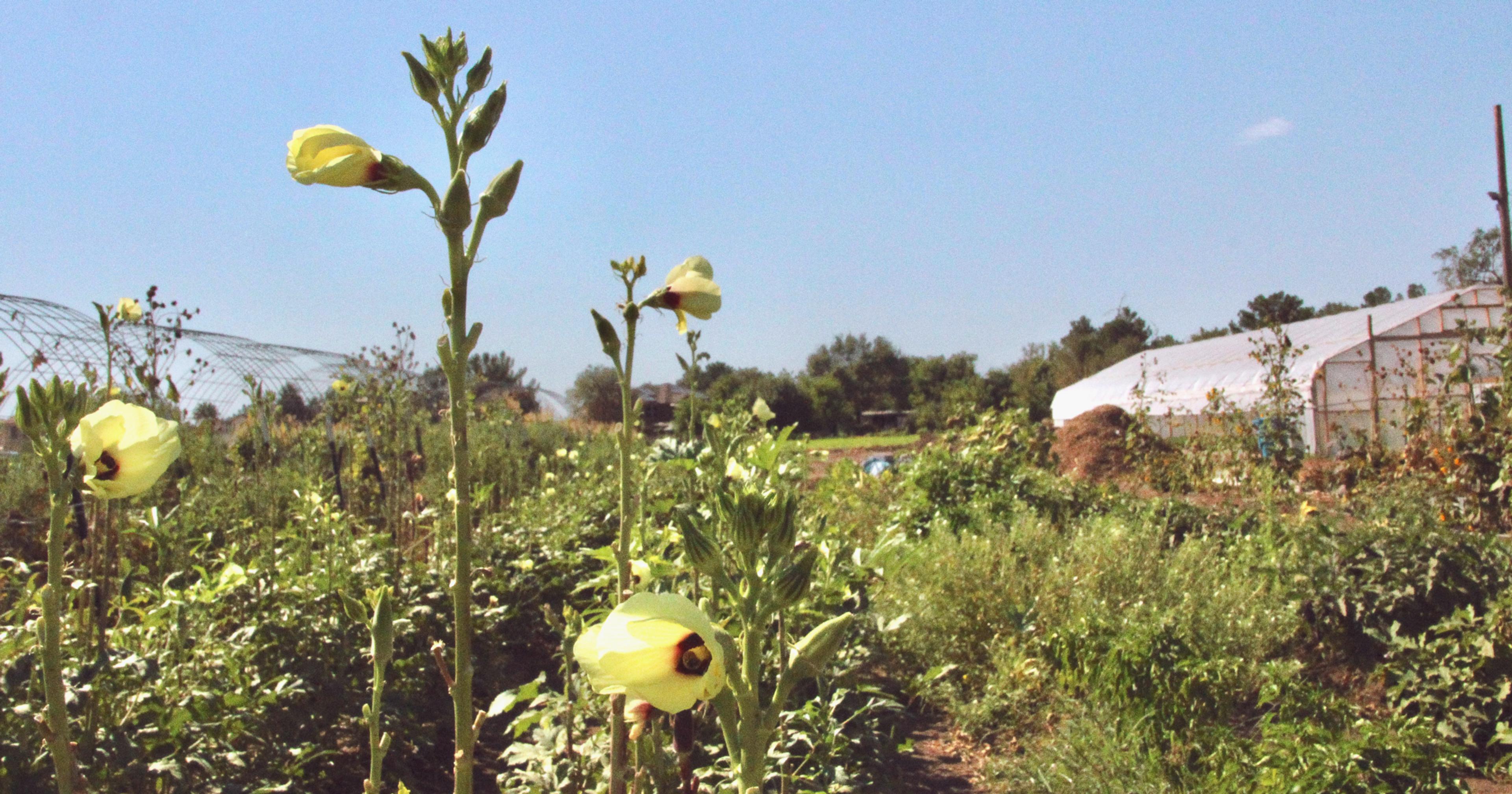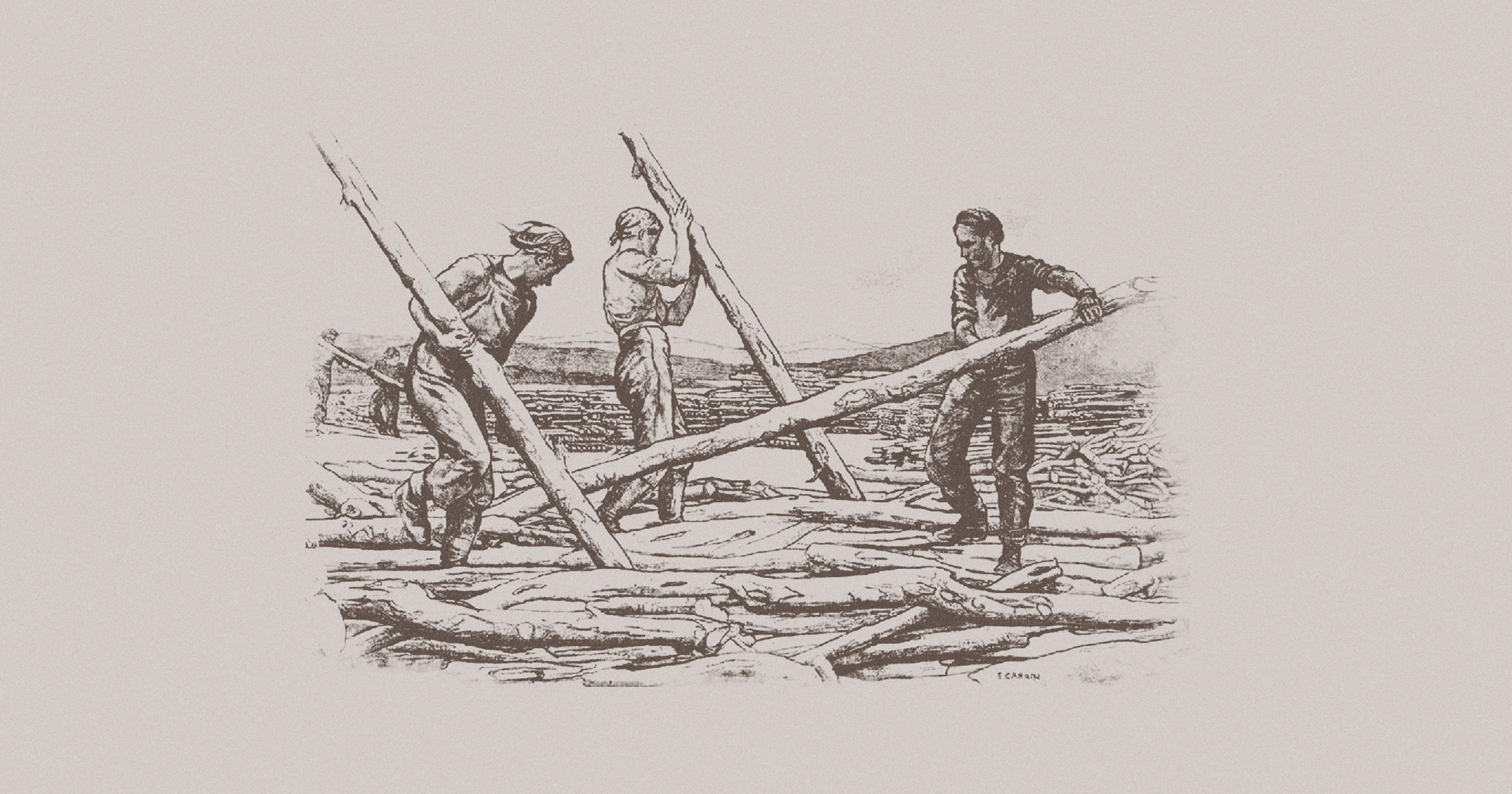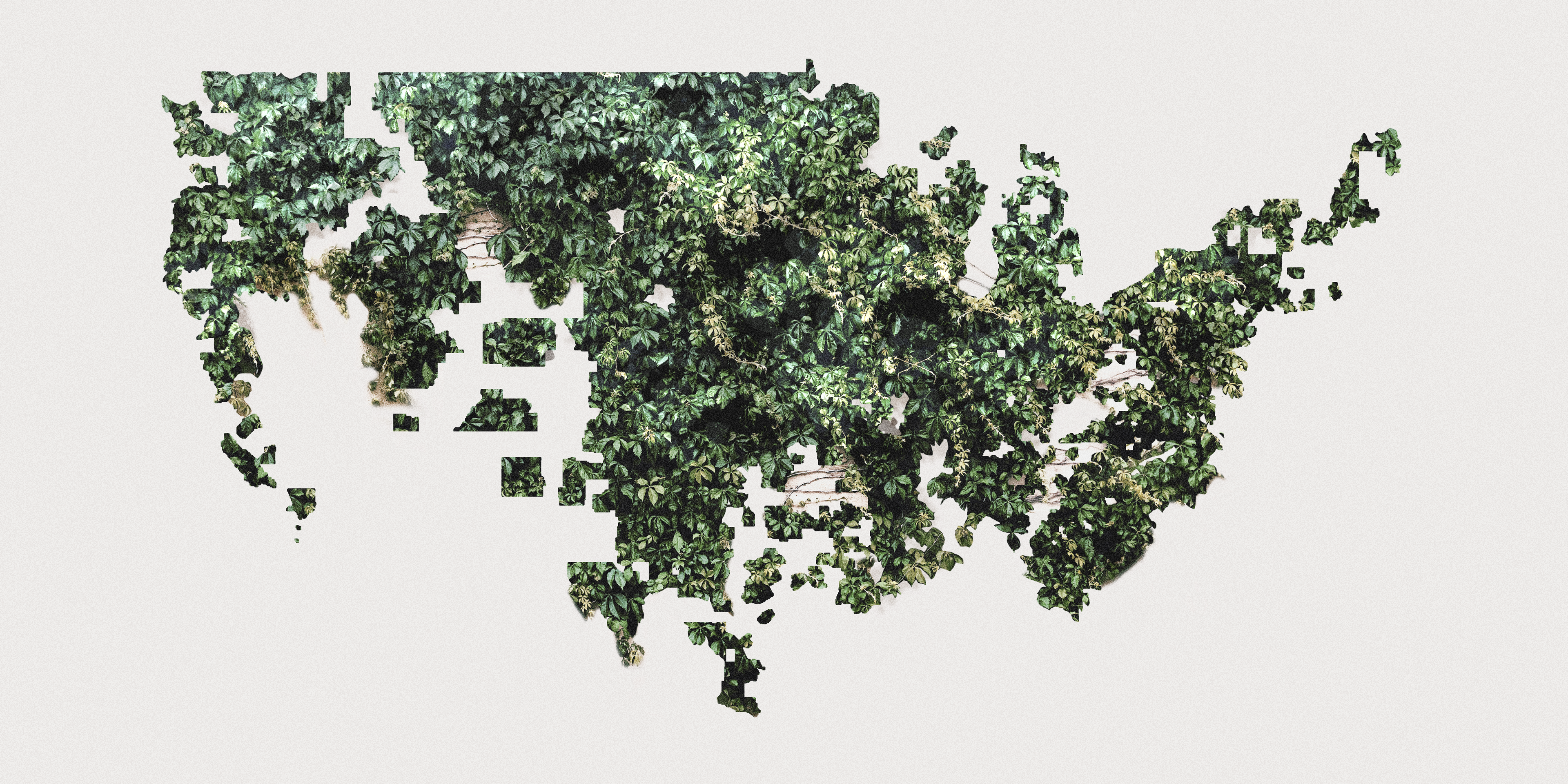Non-native grasses have gotten a lot of recent attention for their role in fueling wildfires. But they’ve been the scourge of Western wheat growers for decades, mimicking growth cycles and decimating yields.
Invasive annual grasses affect tens of millions of acres across the U.S. Their success comes down to unique biology and the ability to grow whenever and wherever the opportunity arises. Not only do they pose significant challenges for rangeland management, where they are a major contributing factor to the increasing frequency and intensity of wildfires, but these species have also made their way onto arable land, where they outcompete crops for essential resources such as water, nutrients, and light.
One crucial agricultural commodity, which contributes billions of dollars to the U.S. economy and is particularly affected by these troublesome grasses, is winter wheat. Similar life cycles and optimal conditions necessary for growth mean that in the fall, when the wheat is planted, these weeds are just starting to germinate. Thus they can compete with the crop throughout much or all of the growing season, causing significant problems for wheat producers.
Vipan Kumar, associate professor of weed science at Cornell University, has dedicated his career to researching weed ecology and biology, developing strategies to manage these tough-to-control grasses.
“These invasive annual grass species have an advantage over others because they can withstand harsh conditions — dry climate and cold temperatures — and can produce seeds and germinate in a short period of time. Wild oats, downy brome, Japanese brome, Italian ryegrass, and jointed goatgrass can all significantly impact winter wheat, and if the crop is infested heavily, the grass species can take over and reduce grain yield by up to 70 or 80 percent,” said Kumar.
The quick emergence and growth of annual grasses, and their ability to produce many seeds for the next generation have, for many years, meant wheat producers have struggled to control them — particularly in Western states such as Washington, Oregon, Montana, and Colorado.
“Sometimes the crop can be a complete failure, especially if these grasses are taking over and have a good seed bank. Yield, quality, and price can all be dramatically affected,” Kumar explained.
These grasses can also pose problems after harvest, when the percentage of weed seeds and other contaminants in the grain determines price and quality. They can not only devalue the crop so it gets classified as animal feed, but can even lead to an export being rejected.
Chemical Solutions
To help combat these troublesome species, herbicide-tolerant wheat varieties were developed, which have been bred to tolerate specific herbicides, allowing farmers to manage these weeds without harming the wheat crop. Clearfield wheat varieties were the first to come onto the market in 2001. Although extremely effective at first, years of repeated use of these herbicides has led to invasive grasses developing resistance.
The need for an alternative led to a collaboration between Colorado Wheat and Colorado State University, and the development of CoAXium herbicide-resistant wheat varieties, which first became commercially available to farmers in 2019. According to Brad Erker, executive director of Colorado Wheat, CoAXium is currently used on approximately two million acres of wheat production, out of about 25-30 million.
“Invasive annual grasses have been a problem for wheat producers in Colorado for decades — especially jointed goatgrass, brome species, and feral rye,” Erker explained. “In some areas, weeds are very accustomed to (and have become resistant to) Imazamox, the chemical used in the Clearfield system, because it’s been applied for so many years in a row. The CoAXium system is one additional tool that has come into the mix lately, and we market it around the Western United States,” said Erker.
It is only a matter of time before these weeds also develop resistance to the [newer] herbicides, so precautions are being taken to minimize risks.
However, it is only a matter of time before these weeds also develop resistance to the herbicides used with CoAXium, so precautions are being taken to minimize risks. Stewardship programs for both the Clearfield and CoAXium Wheat Production Systems are in place, which emphasize the need for specific rotation of crops and herbicide modes of action, and also stress the importance of not saving seed to replant. Farmers must sign and adhere to these conditions before purchasing seed.
According to Kumar, it is extremely important to fine-tune cultural and agronomic practices, such as cover crop and crop rotation usage, as part of an integrated approach to weed control. Annual grasses tend to accumulate if wheat is grown year after year in the same field, but a wheat-fallow rotation allows herbicide spraying during the fallow period, which can prove very effective at reducing the weed seed-bank. But the best way to disrupt the cycle of these winter annual grasses, while also helping to combat herbicide resistance, is a three- or four-year rotation of winter wheat with summer crops such as sorghum, soybean, and corn.
Southeastern Emergence
Annual ryegrass is a significant problem for wheat farmers in some parts of the Southeastern U.S. Although a valuable forage crop for cattle farmers, it can greatly reduce wheat yields and can be very challenging to control.
Austin Thrash, a wheat and soybean farmer based in the Arkansas River Valley, never had a problem with invasive annual grasses until five years ago, when machinery moved into the area from other parts of the country, helping to spread these unwanted species into a new area.
“It seemed like all of a sudden we had a problem, and it started it spread, especially on our acres that we don’t till a lot. The ryegrass really has been troublesome, especially over the last two or three years. For the last four or five years all the post-emergent herbicides we use don’t work any more, and the problem’s so bad that on some of our acres we’ve had to quit growing wheat,” he said.
Pre-emergent herbicide, applied soon after planting and ideally before the ryegrass emerges, is Thrash’s best option. Without this, he says the only way to kill it would be to till the land. He has been looking for new ways to manage this invasive annual grass, and one method seems to be working really well. Last year he planted wheat, let the ryegrass grow, then put cows into these fields. They grazed the ryegrass out until the middle of May, which helped prevent it from going to seed.
“The cows love it, and really do well on it! We’re increasing our cow numbers per acre now,“ Thrash said earlier this year, ”and are about to turn them out on it again. The wheat is now at a stage where it can handle the grazing, and traffic from the cows.”
Lessons From Down Under
But Thrash and other farmers around the U.S. will eventually need other methods to control these troublesome grasses. In Western Australia wheat producers are now experiencing multi-herbicide resistance, a huge issue. Because there are now no chemical control options available, this has brought about the use of several Harvest Weed Seed Control (HWSC) methods, which control the spread of herbicide-resistant weeds by reducing the amount of weed seed going back into the soil seed-bank.
One prominent method of HWSC involves attaching an impact mill to the back of the combine and as the crop is harvested weed seeds enter the mill and are destroyed. So, although they go back onto the field, they do not germinate.
Chaff lining is another method, and involves modifying the combine so the chaff, which contains all the weed seeds, is separated from the straw and funneled into narrow rows in the field. These chaff lines act as a mulch, preventing germination and emergence of the weed seed. They can also be used as animal feed.
More than a decade ago, Jason Norsworthy, a weed scientist at the University of Arkansas Division of Agriculture, travelled to Australia to see HWSC in action. Well aware of its benefits, Norsworthy and other scientists are currently testing these methods for suitability in U.S. agriculture. Australia has a very arid climate, and a much lower yield potential compared to the U.S., so although used with great success there, some minor mechanical problems need to be overcome before these are adopted here. The much larger amounts of biomass taken into the combine can affect airflow in the system, while high moisture content entering the seed mill can lead to serious clogging.
“Combating these grasses is not a one man job, a farmer cleaning every field and he’ll be alright. The problem will come back if your neighbor is not also doing that job.“
Norsworthy is also working with John Deere See and Spray technology, which uses cameras and machine learning to differentiate between crops and weeds, enabling precise herbicide application. HWSC is driven by herbicide resistance, and Norsworthy can see that the day is fast approaching when these weed control methods will also become essential here in the U.S.
“Australia has run out of chemical options and the U.S. is now getting very close to a similar situation,” he explained. “Growers will then be forced into these techniques. That’s a bad situation to be in. I wish growers were more proactive and would adopt them prior to not having the options. But unfortunately I’ve done this long enough now to know that as long as there’s an easy button, and as long as there’s something you can do chemically that is effective, there will be a lot of hesitation in trying to adopt something like [HWSC],” he said.
As the area dominated by invasive annual grasses continues to expand, helped by milder winters and more arid summers, they are already causing increased frequency and intensity of wildfires, affecting ecosystem health and biodiversity, and will soon also change the way we farm.
“Combating these grasses is not a one man job, a farmer cleaning every field and he’ll be alright,” explained Kumar. “The problem will come back if your neighbor is not also doing that job. Assistance is also needed from the government, researchers, and various other agencies. A community approach is needed, and everyone needs to be made aware of the problem.”

